6. Social media.
Social media marketing is a must-have for all businesses.
That includes accounting firms. In fact, most accounting firms today have a dedicated in-house resource to manage their social platforms, even if it’s just one hour per week.
There are a number of platforms to consider. Which platforms you use depends very much on the profile of your clients and where they hang out.
Social media platforms are more immediate and therefore less static than your website, so the key is to keep posting, constantly and consistently. You can share an expert advisory piece on LinkedIn, an industry comment on Twitter, and more of your firm’s personality and team news on Facebook.
If your posts are liked and shared, they are amplified, and you benefit from the word of mouth.
7. Search Engine Optimisation (SEO).
SEO is the art of being found online.
There are more than 200 factors that affect how your website ranks.
This makes it impossible for us (or for you) to be experts on SEO.
To gain a better understanding of the factors that impact SEO, read the brief SEO chapter in our
Digital Marketing for Accountants & Bookkeepers eBook, co-authored with BOMA Marketing.
8. Your Return on Marketing Investment.
Digital marketing, unlike traditional marketing, is measurable.
Analytics you should set KPIs around (and measure actual performance) include:
- Website traffic and engagement
- Individual website page traffic counts
- Page bounce rates
- Conversion (clicks on call to action buttons)
- Leads generated from ‘gated’ content
- Email campaign open rates
- Social media followers and likes
- Revenue growth!
Digital marketing, in particular content marketing, is a long-term process of raising your brand’s profile and demonstrating value to your audience.
It’s important to PLAY THE LONG GAME!
To check out The Gap’s extensive Premium Content Library and other marketing assets, contact one of our Business Development Consultants.

.png?width=2000&height=1052&name=Download%20Banner%20-%20Digital%20Marketing%20for%20Accountants%20%26%20Bookkeepers%20(3).png)
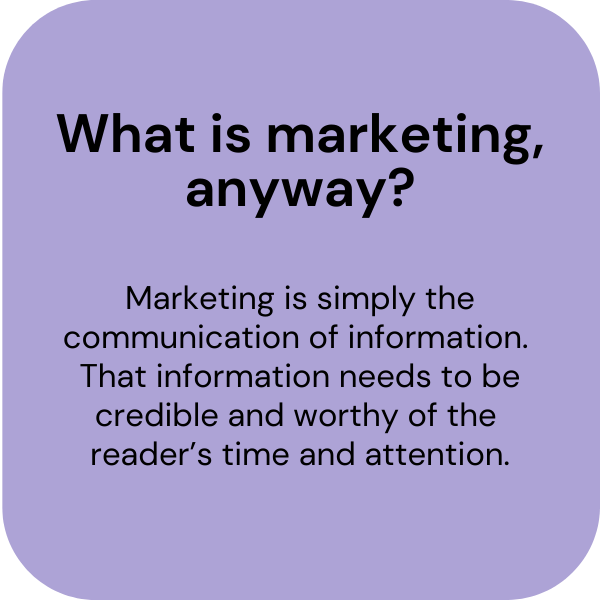

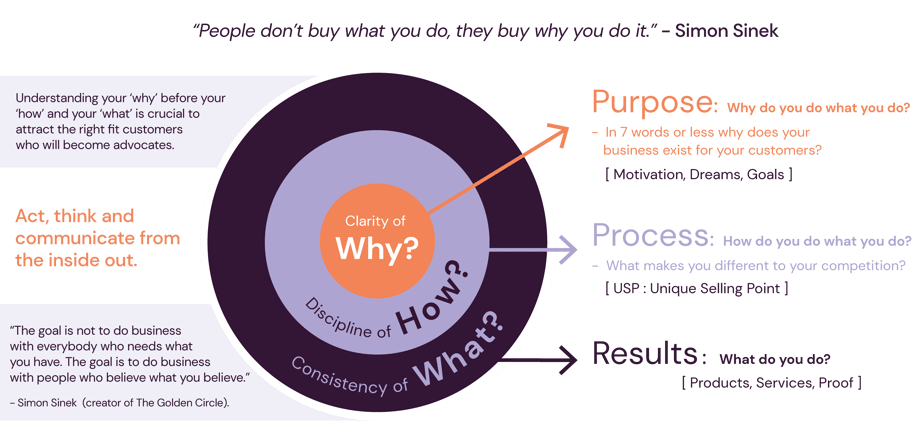
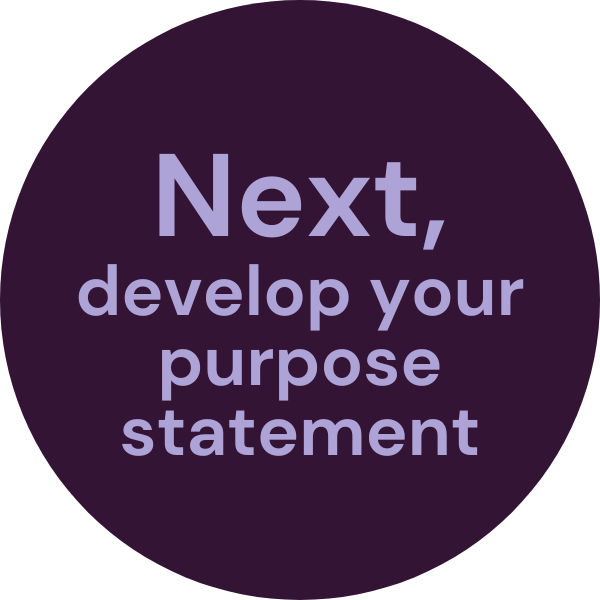
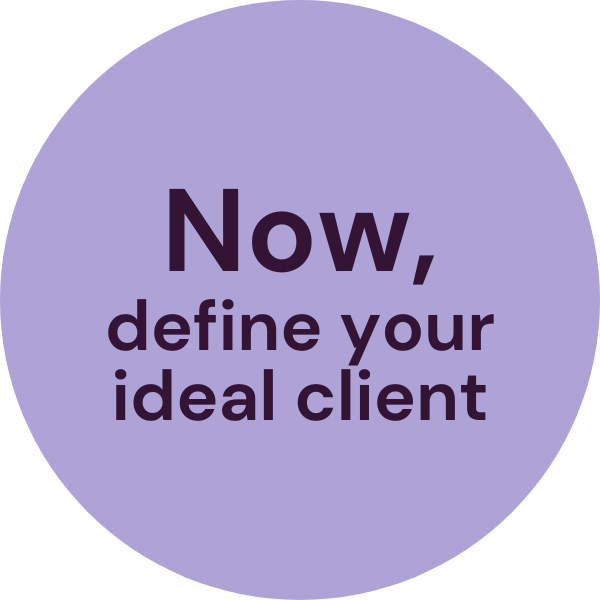
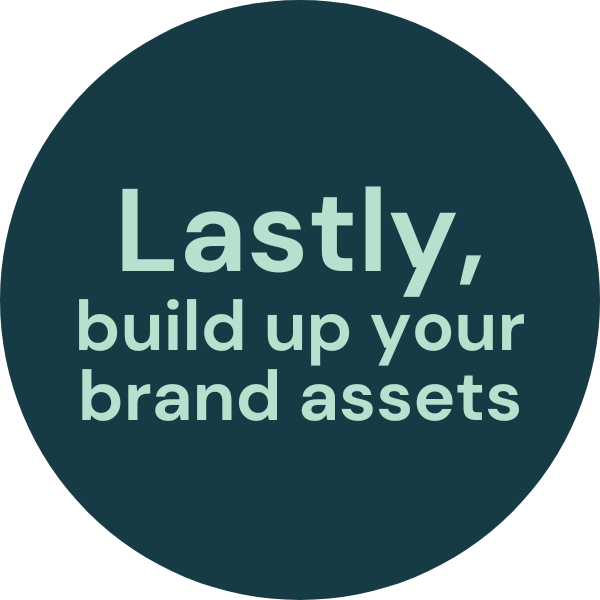
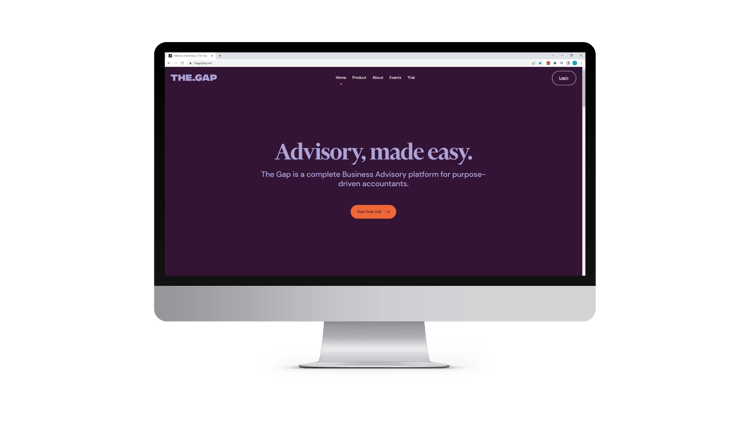
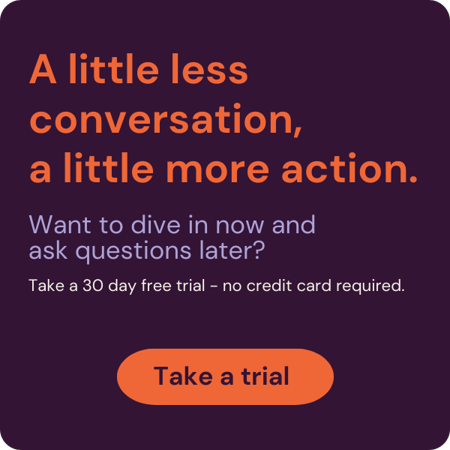
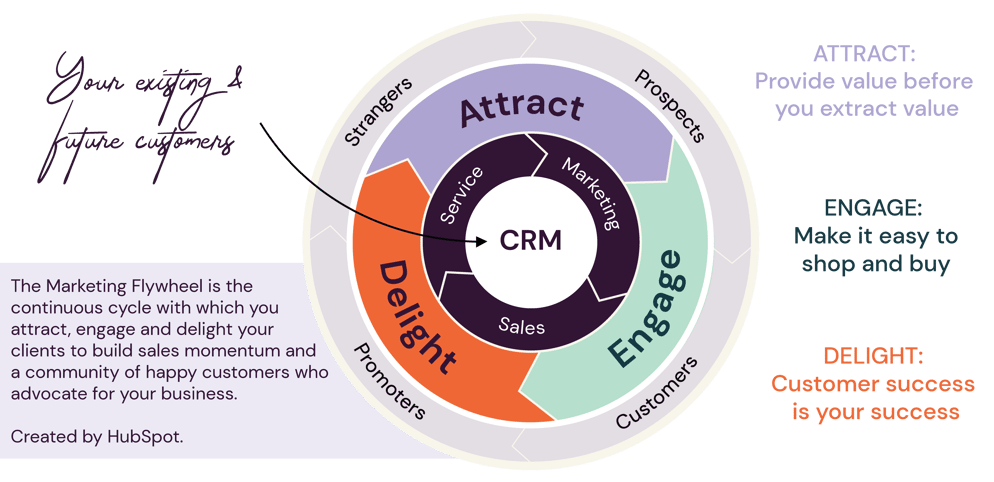
.png?width=1920&height=1080&name=Boma%20webpage%20screen%20shot%20(1).png)


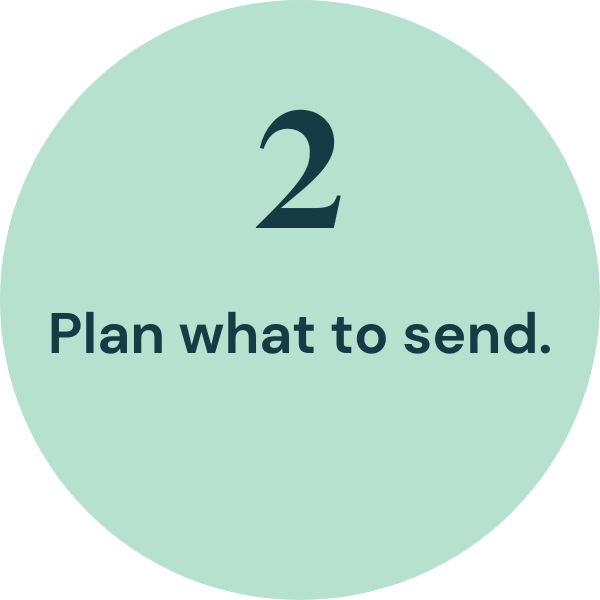
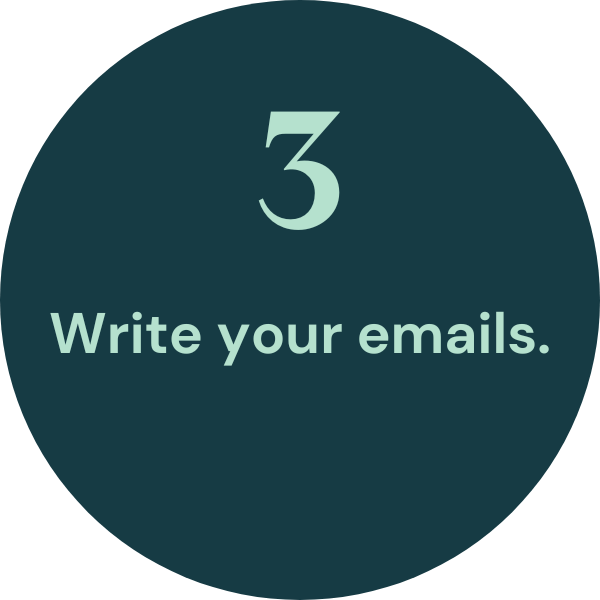
-1.png?width=2000&height=522&name=Download%20Banner%20-%20Digital%20Marketing%20for%20Accountants%20%26%20Bookkeepers%20(2)-1.png)